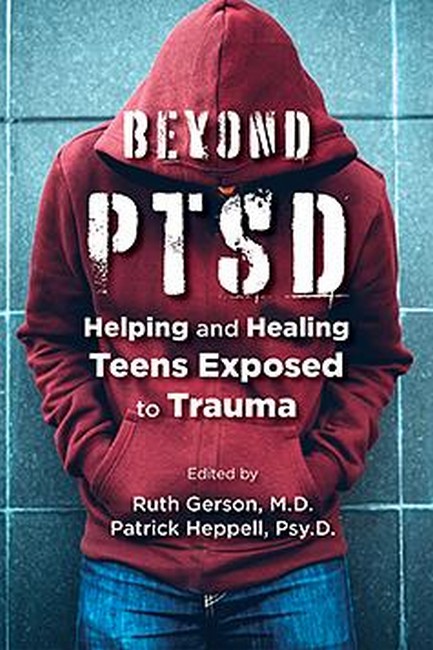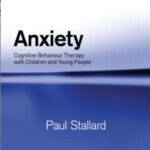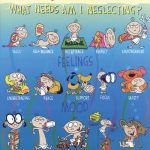Impulsivity, poor judgment, moodiness, risky behaviour. “You don’t understand.” “I don’t care.” “Whatever, bro.” Engaging and working with teenagers is tough. Typically, we attribute this to the storms of adolescence. But what if some of the particularly problematic behaviours we see in teens — self-destructive behaviours, academic issues, substance abuse, reluctance to engage in therapy or treatment — point to unspoken trauma? Teens nationwide struggle with traumatic stress related to poverty, abuse, neglect, bullying, traumatic loss, and interpersonal or community violence. But youth are also generally reluctant to disclose or discuss experiences of traumatic stress, and adults working with these youth may not immediately perceive the connection between prior trauma and the teen’s current risky or concerning behaviour. Beyond PTSD: Helping and Healing Teens Exposed to Trauma helps adults recognize and understand traumatized youth, and provides concrete strategies for talking to and engaging the teen, overcoming resistance, and finding the most appropriate evidence-based treatment approach for them. Nearly twenty contributors pull from their extensive and varied experience working in schools and hospitals to child welfare programs, juvenile justice facilities, paediatric offices, and with families to provide concrete tips to manage the challenges and opportunities of working with trauma-exposed adolescents. Chapters present trauma-informed approaches to youth with aggression, suicide and self-injury, psychosis, and school refusal; youth with physical or developmental disabilities or medical comorbidities, those in juvenile justice or child welfare; teen parents; and LGBTQ youth, among others. Throughout the text, tables compare different types of trauma therapies and provide information about how treatments might be adapted to fit a specific teen or setting. Readers will also find “real life” case vignettes and concrete, specific clinical pearls — even examples of language to use — to demonstrate how to work effectively with difficult-to-engage teens with complex symptoms and behaviours. Written to be practical and accessible for clinicians, social workers, paediatricians, school counsellors, and even parents, with the information, context, and strategies they need to help the teen in front of them.
Contents:
- Contributors
- Foreword
- Chapter 1. Teens and Traumatic Stress: A Toxic Combination
- Chapter 2. Recognition and Treatment
- Part 1: Working With Symptoms of Traumatic Stress
- Chapter 3. Aggression
- Chapter 4. Suicide and Self-Injury
- Chapter 5. Risky Behaviour and Substance Use
- Chapter 6. School Refusal and Other Behavioural and Academic Problems at School
- Chapter 7. Trauma and Psychosis
- Chapter 8. Implications of Trauma For Sexual and Reproductive Health in Adolescence
- Chapter 9. Trauma and Teens With Developmental and Physical Disabilities
- Part 2: Working With Systems and Traumatic Stress
- Chapter 10. Acute Psychiatric Services
- Chapter 11. School Systems and Trauma
- Chapter 12. Child Welfare and Juvenile Justice
- Chapter 13. Medical Providers
- Chapter 14. Families and Caregivers Caring for Teens Exposed to Traumatic Stress
- Chapter 15. Advocacy and Systems Change: Making Services Work for Youth Exposed to Trauma and Their Families
- Index





